The Common Technical Vocabulary of Perfumery, Dyeing, and Alchemy
Sean Coughlin
My narrow aim is to suggest that familiar translations of perfumery-related terms are often misleading and cause us to miss connections between perfumery and arts I am calling Venerean, by which I mean the arts of producing (not digging up) luxury goods, especially dyeing clothes, production of artificial precious stones and metals.
I focus on the case of stypsis. Stypsis is usually translated into English as ‘thicken’ in perfumery contexts, as ‘mordant’ in dyeing contexts, and as ‘make astringent’ in all others. None of our sources however suggest the process it names has anything to do with thickening. The story of how the name for the process came to be associated with thickening is itself an obscure and interesting story. My aim is to show, however, that what stypsis means in the context of perfumery can be understood in the same way as in contexts of dyeing and the manufacture of artificial precious stones and metals. We will use a little kitchen chemistry to explore what those processes are like.
My larger aim is to offer a test case of what we can learn about ancient arts by looking at technical vocabulary used in common across them. This vocabulary is worth looking at because it encodes for both technical processes and theoretical presuppositions. In other words, the vocabulary is reliable (but not exhaustive) evidence for how they thought their methods worked. This can in turn contribute to mapping the phylogeny of natural and applied sciences, and ultimately I am curious what that phylogeny can teach us about the variation and transmission of both techniques and assumptions about how natural materials can be used.
Part of Ancient history research seminar, University of Cambridge, Faculty of Classics
Organized by Dr. Lea Niccolai.


